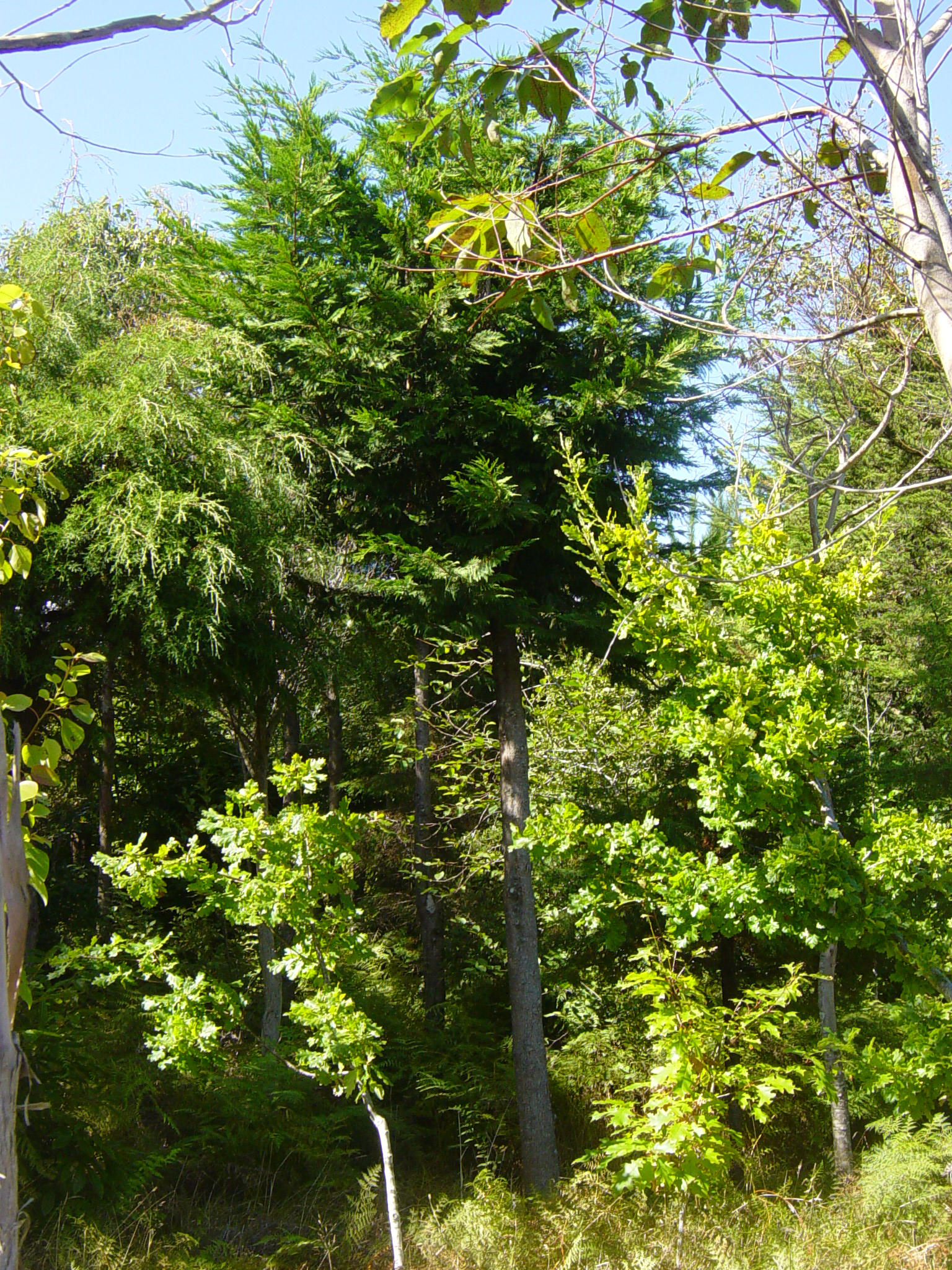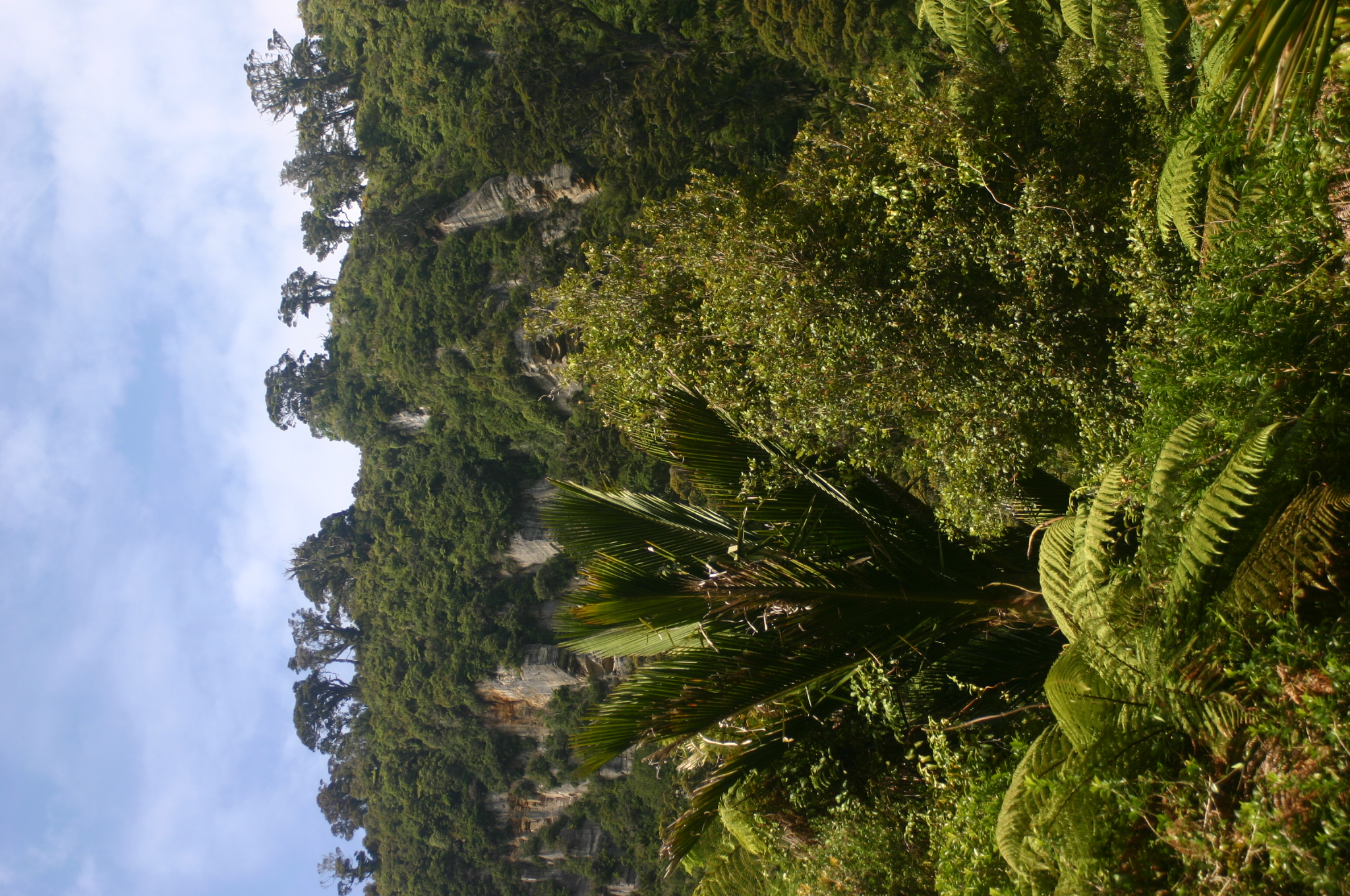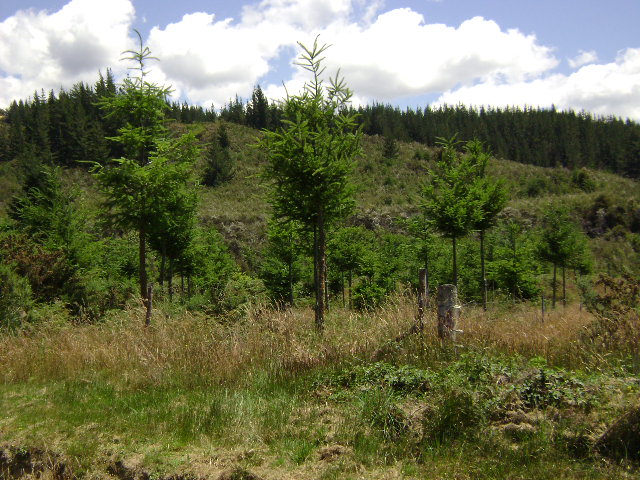Dial-a-Tree Virtual Tree Nursery
Tree Stuff Blog
Plant Exotic Trees to save Natives
www.dialatree.co.nz
Not Evil
Despite the passion for native species a lot of the economy is derived from introduced tree species. They produce a wide variety of products, fruits and timbers very quickly and in a sustainable manner. Some people feel they should only plant New Zealand natives - even feeling a sense of guilt about planting exotic trees. This is a mistake. We all accept that some exotic imports are not entirely evil. Where would we all be without apples, rye grass, and kiwifruit? Avocadoes and apricots? There will always be a place for exotic trees in New Zealand. And that place is: saving native trees.
The real place for exotics in our forests is to protect the equivalent area of native forest from being cut down and consumed for the same purpose: Wood. Timber. Everybody needs wood and it is back in fashion as a carbon saving material. But the choice to grow and cut, say, macrocarpa is not only economic: it is necessary. Because our forests have already been hammered. San Francisco was rebuilt after the 1905 earthquake using all the rimu logged out of Westland for hundreds of kilometres. But you couldn't build a second San Francisco out of rimu now. There's not enough left. Before that, early settlers built a new country out of totara timber. Those house piles and fenceposts still stand. Most big lowland giant totaras were logged many years ago and they are gone forever. Those we have left are treasures, to be protected and admired. Yet everybody still wants good timber! Where's it going to come from? Someone else's rainforest? Some nearby island with less strict regulations?

11 year old Leyland cypress and oaks
Green Lungs
No, we need to grow our own fast growing timber to avoid cutting down any more of the world's green lungs.Now, in ninety years we can grow a totara cutting to a lovely big tree. In that time we can grow three macrocarpas the same size, grown to be harvested, so we save three theoretical mature totaras. At the end of ninety years we mill and use the totara we planted instead of cutting down a fourth wild one. Or we save the new totaras, and give new big trees back to the forest, getting our economic return from the exotic timber while adding to the native tree resource rather than depleting it. Either way, growing three macrocarpas has enabled three totaras to be saved. And the timber supply is maintained.
Because our growth rates for certain trees are so rapid, we gain double by planting fast growing exotic timber. The economy of thirty-year logs can buy time, and even pay for the recovery of a hundred year-old or even a four hundred year-old native or mixed forest. Rimu forests in South Westland in the 1980s were saved into National Parks, in exchange for planting hundreds of hectares of Lawsons cypress, lusitanica, and blackwoods nearby, to sustain the ongoing timber demand.

Paparoa National Park
Save Natives: Plant Exotics
While we are using the fast grown timber, the slow growing rainforest trees can grow back, capturing carbon and breathing out oxygen, creating rain, and medicines, and powering seed production. No need for Pacific Island rainforest mahogany when we can plant forests of Eucalyptus botrioides. No need to log Alaska when we can grow North American conifers faster than in their native forests. Millable douglas fir, cypress and redwood grow in New Zealand in half the time as in the USA, so each tree planted here saves two native ones in America, all being equal.
So it is not a choice between planting native forests and exotics. Rather the two go hand in hand, and by planting and harvesting exotic forestry, yes, even pine trees, we are actively saving the native forests from being cut and burnt the way they were for most of the last two hundred years. Not only here, but we save trees overseas as well by filling the perpetual demand for wood.

Exotics: providing wood and saving old growth forests
Back to dialatree www.dialatree.co.nz



